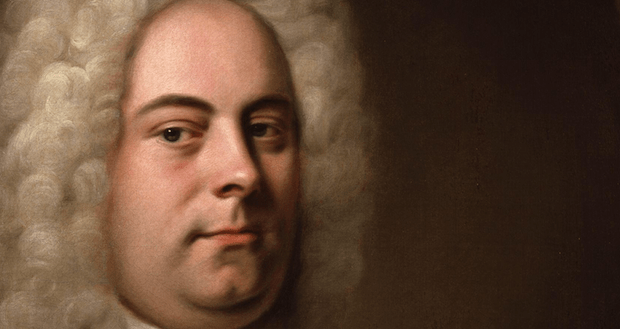Before the jukebox musical, back when Mamma Mia!, Jersey Boys and Viva Forever! were still dollar-shaped glints in an as-yet-unborn producer’s eye, there was the pasticcio opera. Literally a musical ‘pastry’ or ‘pie’, these brought together arias from different operas, often by different composers, in a single work, designed as a way of feeding an 18th-century public whose appetite for opera was greater than composers’ ability to sate it with new music.
Everyone did it — Vivaldi, Mozart, Haydn, and of course that ultimate musical pragmatist Handel — but that didn’t make the practice any the more respectable, as one satirist’s pasticcio ‘recipe’ makes clear.
Pick out about an hundred Italian Airs from several Authors, good, or bad, it signifies nothing. Among these, make use of …such as please your Fancy best …When this is done, you must make a Bargain with some Mungril Italian Poet …then deliver it into the Hands of some Amanuensis, that understands Musick better than your self, to Transcribe the Score, and the Parts.
To 18th-century critics in thrall to the new psychological dramas of Metastasio this cut-and-paste approach was anathema, but what about a contemporary audience? Rather than risk hundreds of minor baroque curiosities, pasticcios offer us the chance to skip straight to the highlights — to get some 20 operas for the price of a single evening. The musical maths makes sense, but can an opera of best bits really add up to a satisfying whole? The London Handel Festival offered two different answers this week, with the modern UK premières of pasticcios Giove in Argo and Catone in Utica.
Giove is an oddity, one of only three pasticcios Handel produced of his own music. While the plot combines Ovid’s stories of Io (Iside, here) and Calisto, the score features arias from the composer’s London hits Faramondo, Ezio and Alcina, among others.







Comments
Join the debate for just £1 a month
Be part of the conversation with other Spectator readers by getting your first three months for £3.
UNLOCK ACCESS Just £1 a monthAlready a subscriber? Log in